In a previous blog, I described “value chain” analysis, which is an analytical technique designed by Michael Porter to evaluate the sequence of business activities to improve profitability. Those five areas are: inbound logistics, operations, outbound logistics, marketing & sales, and service. That leads to a review of cost advantages and areas of differentiation for your firm.
Here’s an example. Some years ago I was involved in a business that sold musical CDs through radio stations. The stations promoted the service (“the music you just heard can be purchased right now by calling 1-800-etc”) in exchange for a commission. The venture started off well, attracting 100’s of stations and millions of dollars of sales. But there was one catch: we were losing money. More than our business plan projected, which led us to wonder if we could every achieve profitability.
So we did value chain analysis. We concluded that our strengths were in marketing & sales and customer service. We were weakest with inbound logistics and operations. With so many radio stations with so many different formats promoting our service, we could keep very few products in inventory, which forced “double-shipping” — from the supplier to us, and then from us to the customer. That was expensive, in terms of operations, and created delays that annoyed our customers. We also were not hitting the volume levels where discounts would lower our costs and increase our profitability.
We were in a hole but at least we knew what kind of a hole we were in.
Next, we looked at cost advantages. Our lower than expected sales created underutilized capacity in space, equipment and management. The final area we identified was that the commission we paid stations was too high for us to be profitable.
Based on this analysis we did three things. We reduced management levels, renegotiated royalty arrangements, and expanded inventory as we learned more about buying trends of our customers. Over time, these changes improved our profitability to the point that the business appeared to be viable again.
We also worked on improving our competitive advantage, also known as differentiation in Porter’s lexicon. We set out aggressively to keep both our marketers (the stations) and our customers happy, through good relationship management and top notch customer service.
The business changed in many ways over the years, but continues to this day in its current incarnation, the Public Radio Market.
Value chain analysis helped it survive its early years.
– – – – – –
For more resources, see our Library topic Business Planning.
- Copyright © 2011 Rolfe Larson Associates – 15th Anniversary!
- Author Venture Forth! Endorsed by Paul Newman of Newman’s Own
- Read my weekly blogs on Social Enterprise and Business Planning
 Sections of this topic
Sections of this topic















